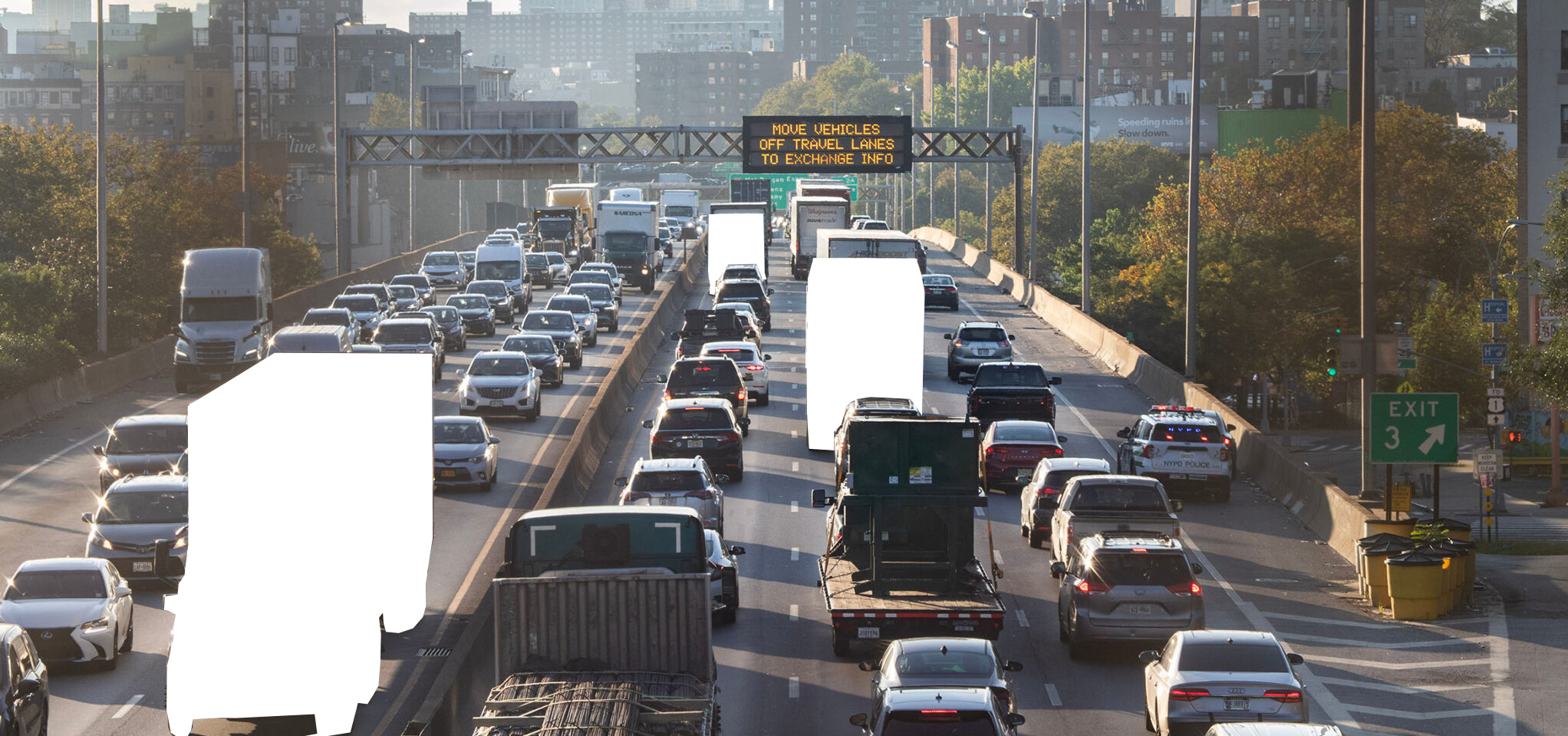
On Tuesday the Bloomberg administration announced record low traffic deaths from 2000 to 2007, and claimed, if not in so many words, that city streets are safer than ever. But the numbers, included on a chart that accompanied this media release, also indicated that 23 cyclists died in 2007. That would make last year -- according to the data released Tuesday, at least -- the deadliest for riders in the eight year period shown.
But are those figures accurate? And in the context of the growing number of people cycling throughout the city, what do they mean?
According to a 2006 joint report from DOT, NYPD and the Department of Health and Mental Hygiene (40-page pdf), 24 cyclists were killed in 2005, and 23 were killed in 2002. That doesn't match the figures released this week. And while it could be easy to assume that that only means the streets are even more dangerous than portrayed, such variations in the raw numbers don't necessarily mean much in terms of safety.
"The sample size is so small and standard deviation so little that T.A. has never found deaths to be an adequate indicator of safety trends," says Noah Budnick of Transportation Alternatives. "That's why we requested the city's 2006 report look at injuries too."
Comparing fatal crashes with daily ridership, Budnick says that the crash rate -- the number of deaths per cyclist -- shows a decline since 1985, which is as far back as T.A. has complete data sets for both ridership and fatalities.
Then there's the safety-in-numbers rule -- also called "P.J.'s Law," after Peter Jacobsen, the California engineer who documented it in 2003 -- which posits that doubling the number of cyclists on the road tends to bring about a corresponding one-third reduction in vehicle-cyclist crashes. In other words, the more cyclists who take to the streets, the safer the streets get for them.
"Over the past decade, regular cycling has increased 30 percent and annual bicyclist injuries and fatalities have dropped 40 percent," says Budnick. "That said, even one death is too many. This is why initiatives like Vision Zero, in Sweden, are so important. They set a hard target and push government to achieve it."
So while city streets may indeed be getting safer, as Mayor Bloomberg and DOT Commissioner Janette Sadik-Khan declared, in addition to reconciling its crash data and incorporating figures on pedestrian and cyclist injuries, there's still plenty of room for improvements, physical and otherwise -- a fact also tacitly acknowledged by Bloomberg and Sadik-Khan. But will the city ever aim as high, or low in this case, as the Swedes?
"More protected bike lanes, better traffic enforcement, tougher laws against drivers who hit bikers and walkers and more cyclists will prevent crashes and bring NYC’s numbers down," Budnick says. "We need a 'Vision Zero' vision from the city."
Chart data courtesy Transportation Alternatives





